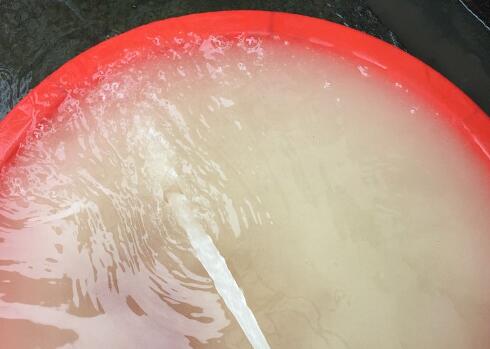fun facts about gypsum(Gypsum meets water)
Plaster hardening and heating

Plaster will produce a variety of reactions when it comes into contact with water, mainly including plaster hardening and heating. When plaster that has not been in contact with water comes into contact with water, it will release a large amount of heat in a short period of time, causing the plaster to harden. This reaction needs to be paid attention to when applying plaster fixation, because it is necessary to control the time well to avoid the plaster hardening due to too long a time and not being able to be fully shaped. In addition, if the plaster has been fixed with water and hardened, there will be no obvious changes when it is exposed to water again. 12
In more specific cases, if the plaster after the fracture is exposed to a small amount of water, it will usually be quickly absorbed by the plaster and will not have a great impact on the stability of the plaster. However, if the plaster is exposed to a large amount of water, especially after being soaked in water, it will immediately soften and lose its fixing effect. In severe cases, the plaster will break and even cause pressure sores on the skin. Therefore, try to avoid letting the plaster after fracture fixation get wet.
As for whether the plaster will produce calcium ions when it comes into contact with water, from a chemical point of view, when the plaster (CaSO4·2H2O) reacts with water, calcium ions are indeed involved. In a more specific chemical reaction, dihydrate gypsum has a low solubility in water, but can react with water to produce calcium ions. However, this reaction is relatively meaningless to ordinary users under normal circumstances, because in practical applications, the reaction of gypsum with water mainly manifests itself in hardening and heating.
Author: Xingaonai
Reprint address: https://www.xgncrusher.com/Industralnews/557.html